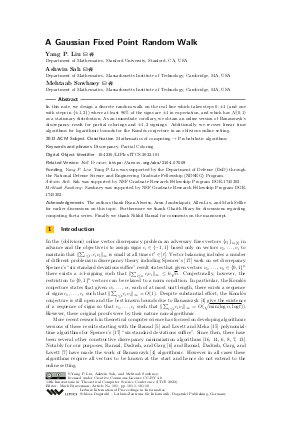LIPIcs.ITCS.2022.101.pdf
- Filesize: 0.68 MB
- 10 pages

 Creative Commons Attribution 4.0 International license
Creative Commons Attribution 4.0 International license







Feedback for Dagstuhl Publishing